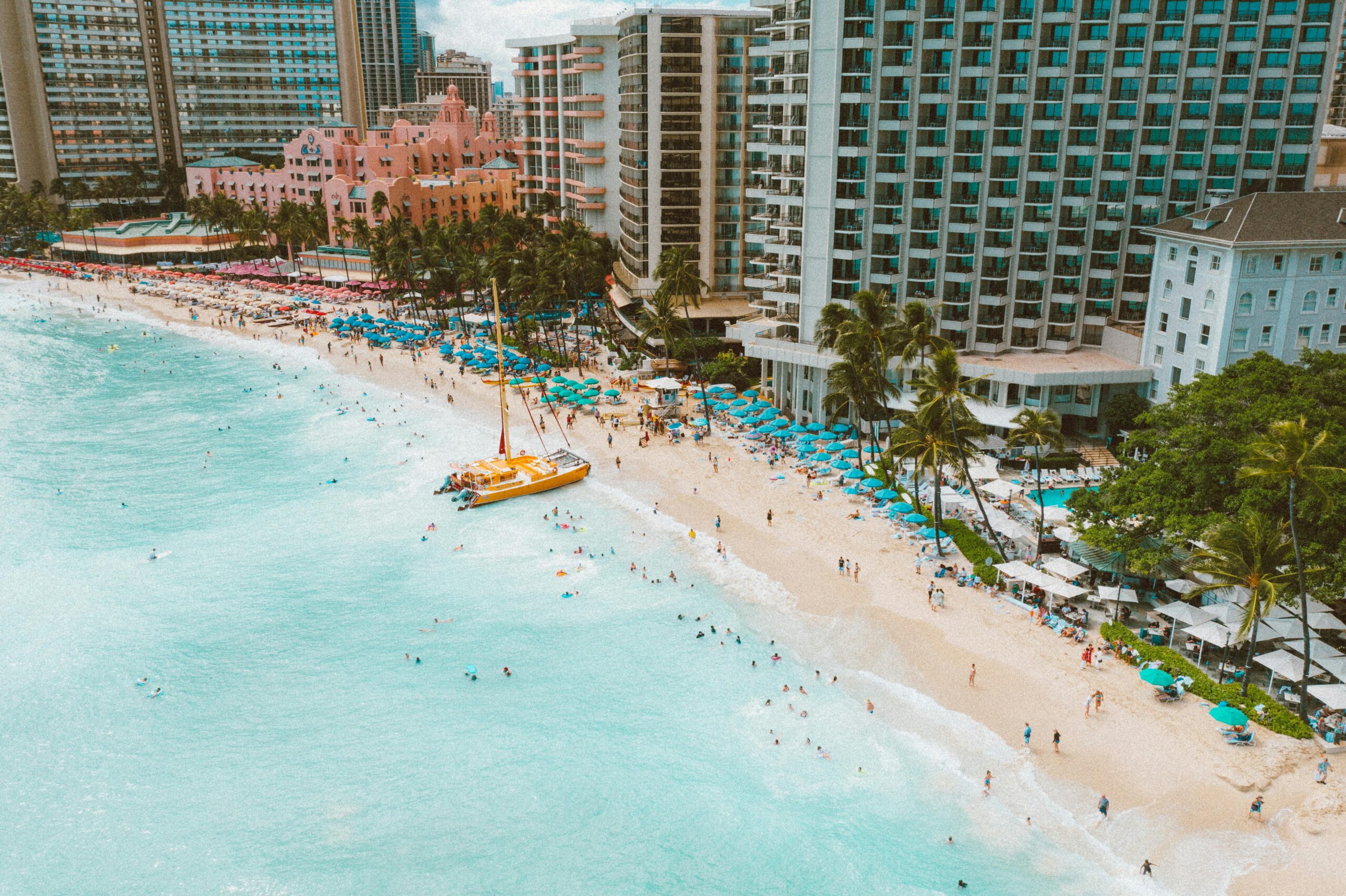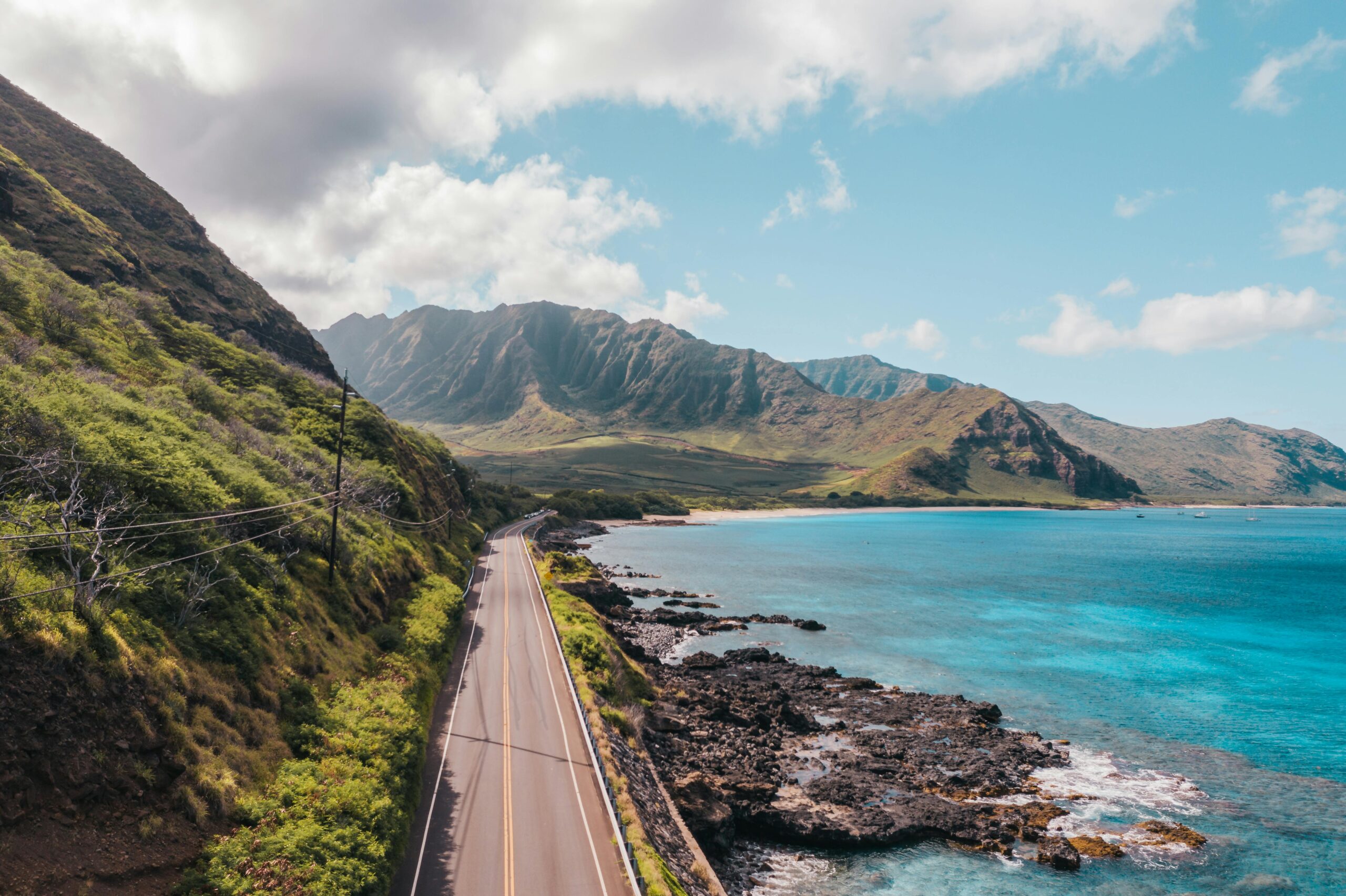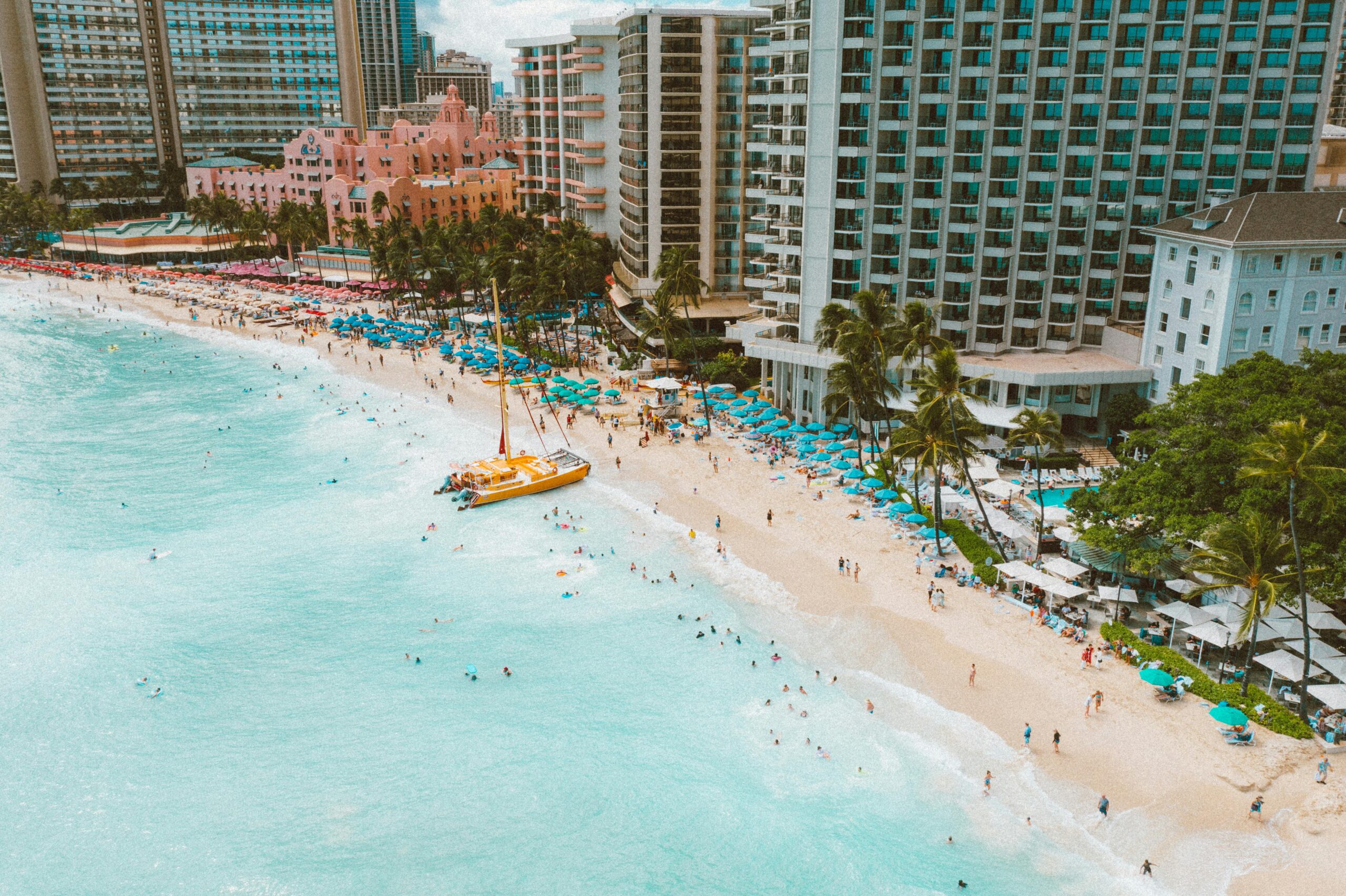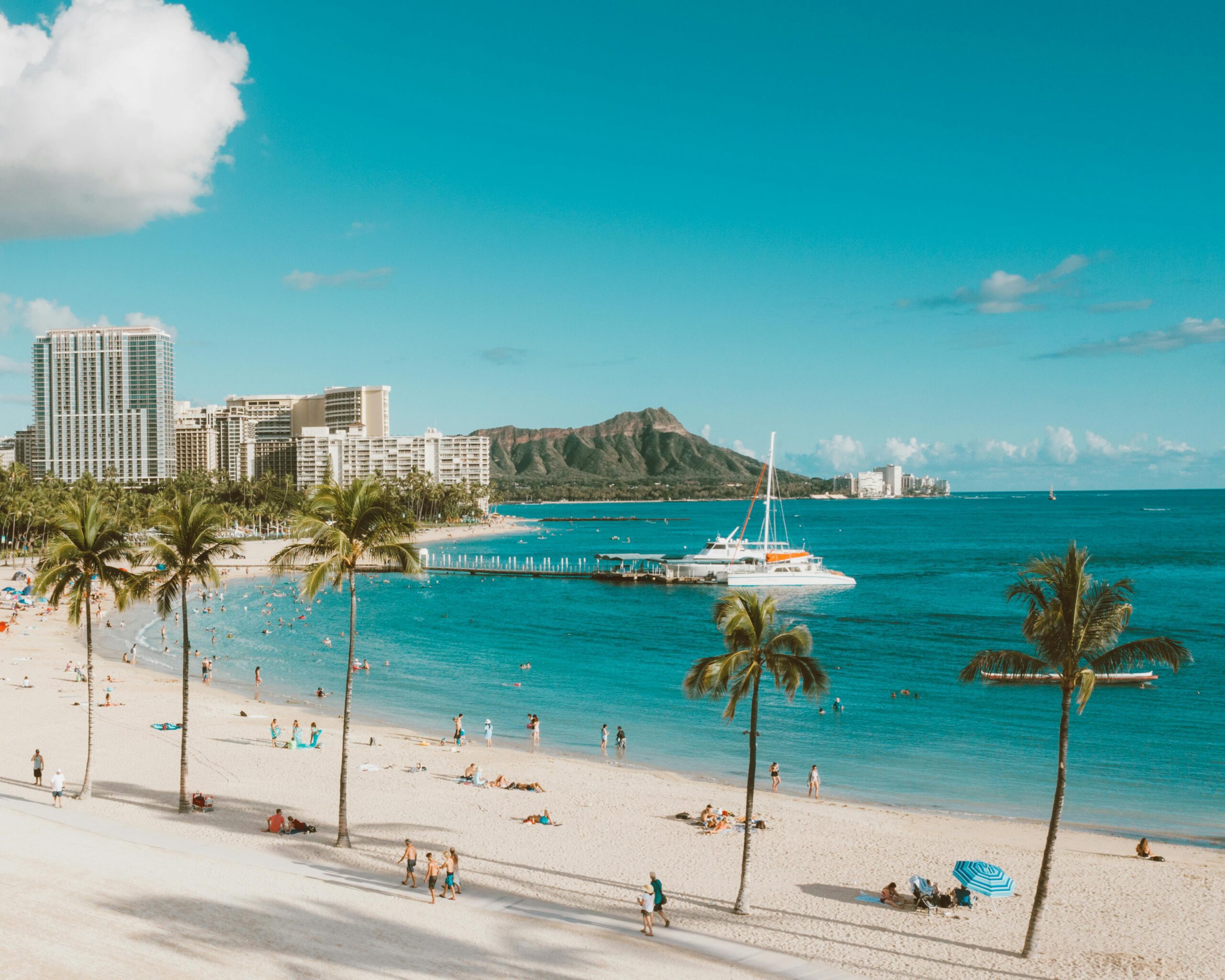Hawaii, a paradise known for its stunning landscapes and serene beaches, is also rich in culture and heritage. Beyond the picturesque scenery, the Hawaiian Islands offer a vibrant tapestry of festivals, art, and traditions that captivate the hearts of locals and visitors alike. This blog delves into the essence of Hawaiian culture, highlighting its unique celebrations, artistic expressions, and time-honored practices that continue to thrive in the modern age.
Festivals: Celebrating Hawaiian Heritage
Hawaiian festivals are a dynamic reflection of the islands’ diverse heritage and community spirit. These celebrations, deeply rooted in history, offer a glimpse into the islanders’ way of life and their connection to nature, spirituality, and each other.

1. Merrie Monarch Festival
One of the most renowned cultural events in Hawaii is the Merrie Monarch Festival, held annually in Hilo on the Big Island. This week-long celebration honors King David Kalākaua, known as the “Merrie Monarch,” who revived many Hawaiian cultural practices during his reign. The festival features a prestigious hula competition, where dancers from around the world showcase their talents in both ancient (kahiko) and modern (ʻauana) hula styles. The Merrie Monarch Festival is a testament to the resilience and vibrancy of Hawaiian culture.
2. Aloha Festivals
Aloha Festivals, the largest Hawaiian cultural celebration, spans the entire month of September. Originating in 1946, this event encompasses numerous festivities across the islands, including parades, street parties, and cultural performances. The Aloha Festivals aim to preserve and perpetuate Hawaiian culture, fostering a sense of community and pride among participants and spectators. Each year, a new theme is chosen to highlight different aspects of Hawaiian heritage.
3. Lei Day
Celebrated on May 1st, Lei Day is a unique Hawaiian tradition dedicated to the art of lei-making and the significance of lei in Hawaiian culture. Lei Day festivities include lei-making contests, hula performances, and music. The lei, a garland made from flowers, leaves, or shells, symbolizes love, friendship, and respect. Lei Day showcases the creativity and craftsmanship of Hawaiians and their deep connection to nature.

Art: Expressions of Hawaiian Identity
Hawaiian art is a vibrant and integral part of the islands’ cultural identity. From traditional crafts to contemporary pieces, Hawaiian artists draw inspiration from their natural surroundings, history, and spirituality.
1. Traditional Hawaiian Crafts
Traditional Hawaiian art forms include kapa (bark cloth), featherwork, and carving. Kapa, made from the bark of the wauke tree, is decorated with intricate patterns and used for clothing and ceremonial purposes. Featherwork, such as lei hulu (feather leis) and ʻahuʻula (feather capes), was highly valued in ancient Hawaii and symbolized nobility and power. Carving, particularly in wood and stone, is another significant aspect of Hawaiian art, with tikis and other sculptures representing gods and ancestral spirits.
2. Contemporary Hawaiian Art
Contemporary Hawaiian artists blend traditional techniques with modern styles to create unique and thought-provoking works. Artists like Herb Kāne and Solomon Enos explore themes of Hawaiian mythology, history, and the environment in their paintings and illustrations. The Honolulu Museum of Art and the Bishop Museum feature extensive collections of Hawaiian art, providing insight into the evolution and diversity of artistic expression in Hawaii.

3. Music and Dance
Music and dance are central to Hawaiian culture, with hula being the most iconic representation. Hula is not merely a dance but a storytelling medium that conveys the history, legends, and values of the Hawaiian people. Traditional Hawaiian music, featuring instruments like the ukulele, slack-key guitar, and pahu (drum), accompanies hula performances, creating a harmonious blend of rhythm and movement. Contemporary Hawaiian musicians, such as Israel Kamakawiwo’ole and Keali’i Reichel, have gained international acclaim, bringing Hawaiian music to a global audience.
Traditions: Preserving the Hawaiian Way of Life
Hawaiian traditions are deeply intertwined with the islands’ history and environment. These practices, passed down through generations, reflect the values and beliefs of the Hawaiian people.
1. Ho‘oponopono
Ho‘oponopono is a traditional Hawaiian practice of reconciliation and forgiveness. This healing method involves prayer, discussion, and mutual forgiveness to restore harmony within families and communities. Ho‘oponopono emphasizes the importance of communication, empathy, and spiritual connection, offering a profound approach to resolving conflicts and promoting well-being.
2. Lua: The Art of Hawaiian Martial Arts
Lua is the ancient Hawaiian martial art, developed for self-defense and battlefield combat. Practitioners of lua train in techniques such as bone-breaking, joint locks, and weaponry. This martial art is more than a physical discipline; it encompasses mental and spiritual training, emphasizing respect, discipline, and the preservation of Hawaiian culture. Lua is taught by skilled practitioners who ensure the continuity of this traditional practice.

3. Hawaiian Language and Storytelling
The Hawaiian language, ʻŌlelo Hawaiʻi, is an essential part of the islands’ cultural heritage. Efforts to revitalize the language have led to the establishment of Hawaiian immersion schools and the inclusion of ʻŌlelo Hawaiʻi in educational curricula. Storytelling, or mo‘olelo, is another vital tradition, with oral narratives preserving the history, legends, and wisdom of the Hawaiian people. These stories are often passed down through chants, songs, and hula, keeping the cultural legacy alive for future generations.
Embracing Hawaiian Culture Today
Experiencing Hawaiian culture firsthand is a transformative journey that offers a deeper understanding of the islands’ history and people. Visitors and residents alike can immerse themselves in Hawaiian festivals, appreciate the artistry of local craftsmen, and participate in traditional practices. By engaging with these cultural expressions, individuals contribute to the preservation and perpetuation of Hawaiian heritage.
Practical Tips for Cultural Engagement:
- Attend Local Festivals: Participate in events like the Merrie Monarch Festival or Lei Day to witness authentic Hawaiian culture.
- Visit Museums and Cultural Centers: Explore institutions such as the Bishop Museum and the Polynesian Cultural Center to learn about Hawaiian art and history.
- Support Local Artists: Purchase handmade crafts and artwork from local artisans to support the continuation of traditional practices.
- Learn the Language: Take ʻŌlelo Hawaiʻi classes or use language learning apps to familiarize yourself with the Hawaiian language.
- Respect Traditions: Show respect for Hawaiian customs and practices by following local etiquette and guidelines.

Conclusion
Hawaiian culture, with its rich tapestry of festivals, art, and traditions, offers a profound and enriching experience for all who engage with it. By celebrating these cultural expressions, we honor the heritage of the Hawaiian people and contribute to the preservation of their unique way of life. Whether through dance, music, storytelling, or traditional crafts, the spirit of Hawaii continues to thrive, inviting everyone to partake in its vibrant legacy.
